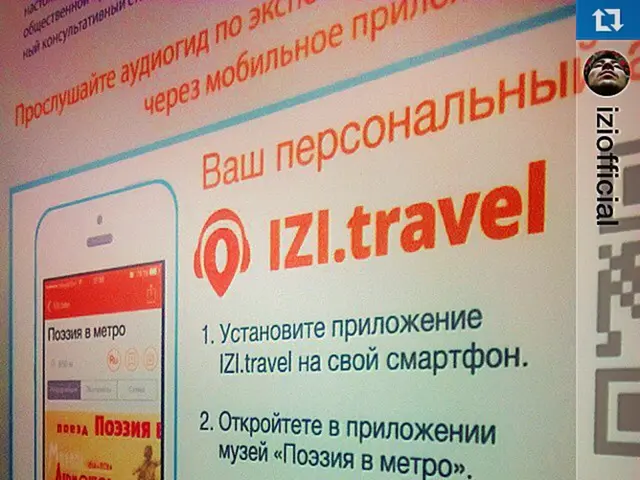Fast-Tracked StableCoin Regulation: The STTA Takeover
Senate Pushes for Swift Implementation of Significant Stablecoin Regulation
In a surprising turn of events, political heavyweights, Chuck Schumer and Bill Hagerty, have teamed up to kick-start the voting process for the Stablecoin Trust and Transparency Act (STTA) within days. Scheduled well ahead of the usual legislative timeline, this move marks a power play by both parties to claim the future of digital finance. As midterm elections creep closer, policymakers get ready to outline the guardrails before consumer spending skyrockets and Congress becomes preoccupied with election campaigns.
A Blueprint for Secure Stablecoins: The Core STTA Components
The STTA aims to streamline today's loosely-regulated digital tokens into secure, audited instruments. Key requirements for U.S. dollar-pegged token issuers would include:
- Equal Reserves: Issuers must maintain 100% reserves, with U.S. dollars or equivalent safe-asset holdings kept in segregated accounts.
- Treasury Registration: Issuers would need to submit detailed operating plans, reserve compositions, and risk-management policies for Treasury registration.
- Independent Audits: Annual audits verify that the token supply matches the underlying asset base, with quarterly public disclosures ensuring transparency.
By eliminating fractional-reserve and algorithmic schemes, these provisions guarantee a one-to-one redemption ratio even during market stress.
Stablecoin Titans vs. Underdogs: Industry alliances draw battle lines
Major players, such as Circle and Paxos, celebrate the STTA as a critical step towards recognition and institutional integration. They argue that clear regulations will open doors for banks, payment networks, and Fortune 500 companies to utilize stablecoins for payroll, remittances, and cross-border settlement. Leading exchanges also view the STTA framework as a go-ahead for expanding stablecoin-based lending, staking, and tokenized asset services.
However, not everyone agrees. Smaller issuers warn of higher barriers and market consolidation due to stricter capital requirements that lean towards well-funded incumbents, potentially obstructing new entrants exploring innovative monetary models or niche market tokens.
Tokenizing Dollars: Revolutionizing Payments
Stablecoins have already begun to redefine traditional financial transactions by bridging the gap between bank deposits and blockchain tokens. With on-chain stablecoins, settlement occurs instantaneously without legacy payment network overhead or the risk of time-value-of-money arbitrage. The STTA could significantly amplify this transition:
- Cross-Border Flows: By reducing remittance fees from 6-9% down to near-zero on public blockchains, stablecoins offer the potential for billions in annual savings for migrant workers and their families.
- Bank Liquidity Management: As banks adopt tokenized dollars, they can lower overnight funding and collateral costs, contributing to improved liquidity management.
- Dollar Dominance: A U.S.-regulated digital dollar could stave off private or foreign e-currency initiatives, enforcing the greenback's primacy in global finance.
Time's a-Ticking: The Urgent need for STTA
The STTA vote signifies more than a simple procedural hurdle—it's a barometer for America's role in the next era of money. Key factors driving urgency include:
- Customer Protection: Unregulated stablecoin failures have historically wiped out retail investors and businesses during market crashes. Redemption guarantees and reserve audits under the STTA aim to safeguard everyday users.
- Systemic Risk: Stablecoins have the potential to replace commercial paper and repo in short-term funding markets, heightening the risk of instability without adequate oversight.
- Global Competition: China's digital yuan pilots and the EU's e-Euro project could undermine U.S. influence in setting global standards for digital cash. Every delay in the STTA's implementation risks more transactions and services migrating onto token rails lacking the legal clarity needed for sustained growth.
Real Numbers, Real Impact: A Quantitative Glimpse
- $230 billion: Combined circulating supply of U.S.-pegged stablecoins.
- $149 billion / 63%: Market share of Tether (USDT).
- $61 billion / 26%: Market share of USD Coin (USDC).
- $40 billion+: Average daily transaction volume on stablecoin networks.
- 6-9%: Current average cost of remittances, primed for reduction by digital rails.
As the Senate prepares for its groundbreaking vote, these figures underline the scale of the infrastructure at stake—a developing ecosystem managed by hundreds of billions of dollars and poised to reshape how money moves both domestically and globally.
Texas Senate Approves Bitcoin Strategic Reserve Bill
[Enrichment data includes information about the STTA's potential impact on transparency, competition, smaller issuers, and major players, as well as the urgency of the legislation due to consumer protection, systemic risk, and international competition.]
- The Stablecoin Trust and Transparency Act (STTA) will aim to regulate digital tokens and transform them into secure, audited instruments.
- Under the STTA, issuers must maintain 100% reserves, with U.S. dollars or equivalent safe-asset holdings kept in segregated accounts.
- Issuers will need to submit detailed operating plans, reserve compositions, and risk-management policies for Treasury registration under the STTA.
- Annual audits will verify that the token supply matches the underlying asset base, with quarterly public disclosures ensuring transparency.
- Circle and Paxos, among other major players, celebrate the STTA as a critical step towards institutional integration and recognition.
- Smaller issuers warn of higher barriers and market consolidation due to stricter capital requirements, potentially obstructing new entrants exploring innovative monetary models.
- Stablecoins offer the potential for billions in annual savings for migrant workers and their families by reducing remittance fees.
- As banks adopt tokenized dollars, they can lower overnight funding and collateral costs, contributing to improved liquidity management.
- Key factors driving urgency for the STTA's implementation include customer protection, systemic risk, and global competition.
- The combined circulating supply of U.S.-pegged stablecoins amounts to $230 billion, with Tether (USDT) holding a 63% market share and USD Coin (USDC) commanding 26%.
- The Texas Senate has approved a Bitcoin Strategic Reserve bill, showcasing the broader impact of digital asset regulation on business, technology, politics, and general news.








